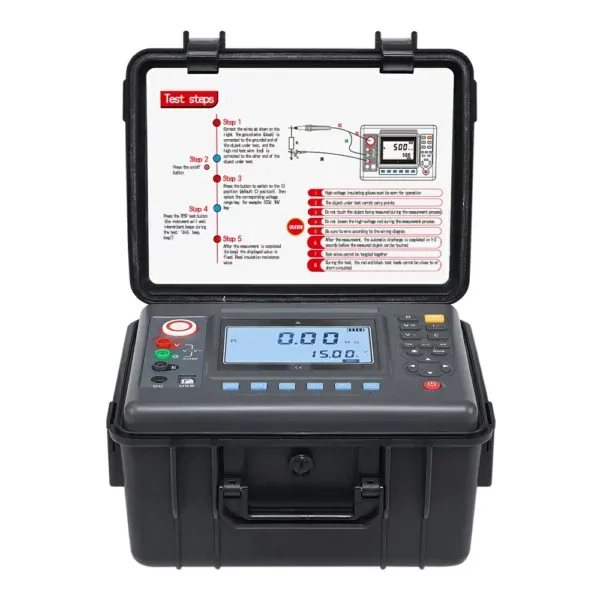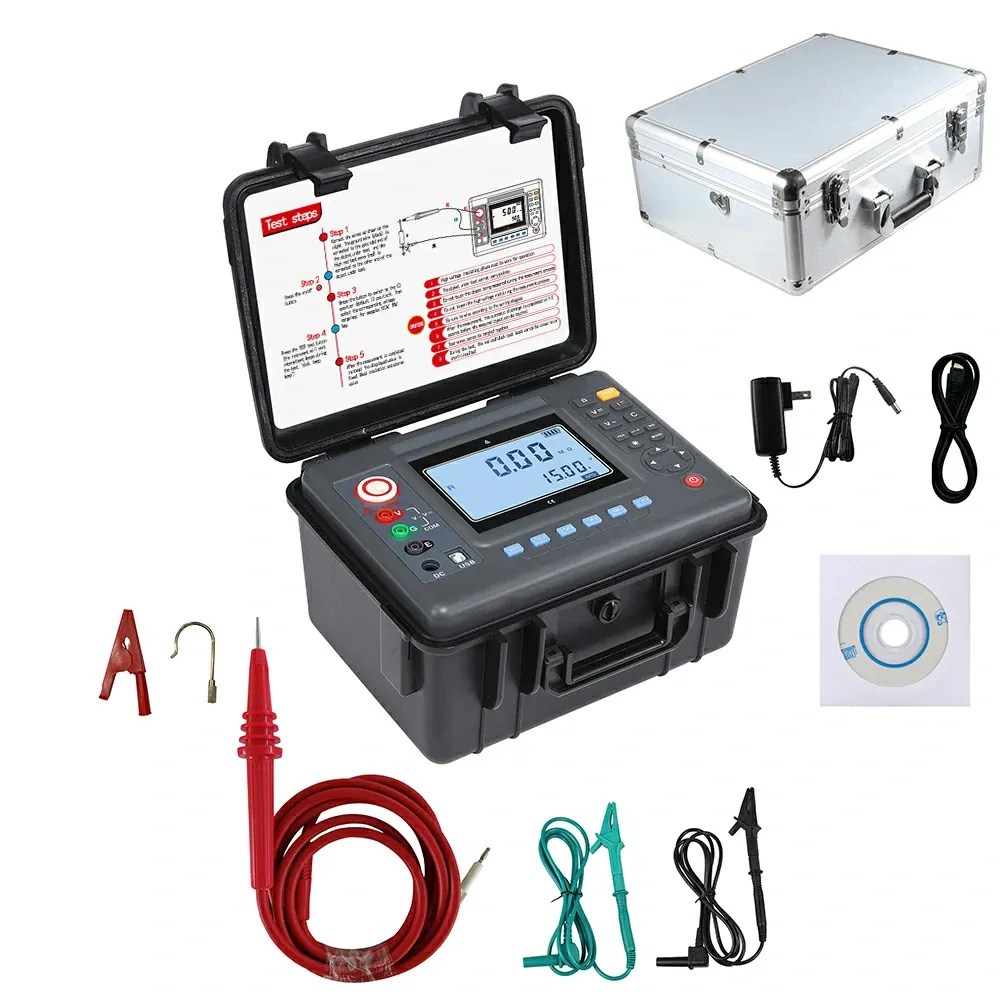 English
English



-
 Afrikaans
Afrikaans -
 Albanian
Albanian -
 Amharic
Amharic -
 Arabic
Arabic -
 Armenian
Armenian -
 Azerbaijani
Azerbaijani -
 Basque
Basque -
 Belarusian
Belarusian -
 Bengali
Bengali -
 Bosnian
Bosnian -
 Bulgarian
Bulgarian -
 Catalan
Catalan -
 Cebuano
Cebuano -
 China
China -
 China (Taiwan)
China (Taiwan) -
 Corsican
Corsican -
 Croatian
Croatian -
 Czech
Czech -
 Danish
Danish -
 Dutch
Dutch -
 English
English -
 Esperanto
Esperanto -
 Estonian
Estonian -
 Finnish
Finnish -
 French
French -
 Frisian
Frisian -
 Galician
Galician -
 Georgian
Georgian -
 German
German -
 Greek
Greek -
 Gujarati
Gujarati -
 Haitian Creole
Haitian Creole -
 hausa
hausa -
 hawaiian
hawaiian -
 Hebrew
Hebrew -
 Hindi
Hindi -
 Miao
Miao -
 Hungarian
Hungarian -
 Icelandic
Icelandic -
 igbo
igbo -
 Indonesian
Indonesian -
 irish
irish -
 Italian
Italian -
 Japanese
Japanese -
 Javanese
Javanese -
 Kannada
Kannada -
 kazakh
kazakh -
 Khmer
Khmer -
 Rwandese
Rwandese -
 Korean
Korean -
 Kurdish
Kurdish -
 Kyrgyz
Kyrgyz -
 Lao
Lao -
 Latin
Latin -
 Latvian
Latvian -
 Lithuanian
Lithuanian -
 Luxembourgish
Luxembourgish -
 Macedonian
Macedonian -
 Malgashi
Malgashi -
 Malay
Malay -
 Malayalam
Malayalam -
 Maltese
Maltese -
 Maori
Maori -
 Marathi
Marathi -
 Mongolian
Mongolian -
 Myanmar
Myanmar -
 Nepali
Nepali -
 Norwegian
Norwegian -
 Norwegian
Norwegian -
 Occitan
Occitan -
 Pashto
Pashto -
 Persian
Persian -
 Polish
Polish -
 Portuguese
Portuguese -
 Punjabi
Punjabi -
 Romanian
Romanian -
 Russian
Russian -
 Samoan
Samoan -
 Scottish Gaelic
Scottish Gaelic -
 Serbian
Serbian -
 Sesotho
Sesotho -
 Shona
Shona -
 Sindhi
Sindhi -
 Sinhala
Sinhala -
 Slovak
Slovak -
 Slovenian
Slovenian -
 Somali
Somali -
 Spanish
Spanish -
 Sundanese
Sundanese -
 Swahili
Swahili -
 Swedish
Swedish -
 Tagalog
Tagalog -
 Tajik
Tajik -
 Tamil
Tamil -
 Tatar
Tatar -
 Telugu
Telugu -
 Thai
Thai -
 Turkish
Turkish -
 Turkmen
Turkmen -
 Ukrainian
Ukrainian -
 Urdu
Urdu -
 Uighur
Uighur -
 Uzbek
Uzbek -
 Vietnamese
Vietnamese -
 Welsh
Welsh -
 Bantu
Bantu -
 Yiddish
Yiddish -
 Yoruba
Yoruba -
 Zulu
Zulu
Insulation Resistance Tester for Accurate Measurement & Safety
Insulation resistance (link) plays a critical role in maintaining electrical system safety, stability, and service life across industries such as petrochemicals, metallurgy, power generation, and utilities. Leveraging advanced insulation resistance tester technologies—including 1000V to 10kV models, digital testers, wire, and motor insulation testers—is fundamental for compliance with quality (ISO/IEC 61557), energy efficiency, and safety mandates (ANSI, IEEE). This comprehensive guide explores industry trends, technical parameters, application scenarios, and a deep dive into the flagship PUSH Electrical PS-3045 High Voltage Insulation Resistance Tester.

Industry Trends: Insulation Resistance Testing in 2024
- GrowthMarket demand is increasing, with the insulation resistance tester segment projected to rise by 6.7% CAGR (2024-2029, MarketsandMarkets), owing to more stringent safety standards in electrical grids, renewables & critical industries.
- InnovationSmart testers with digital insulation resistance tester interfaces and IoT integration are reducing downtime, providing predictive maintenance, and supporting real-time remote diagnostics.
- 1000V–10kVTesting voltage ranges are expanding to meet diverse field and industrial needs—e.g., insulation tester 1000v for panel wiring, and 10kv insulation tester for medium-voltage substation equipment.
- RegulationCompliance with international standards (ISO, ANSI, IEC, and GB) and green industry initiatives is increasingly required for project tendering and client audits.
Technical Parameters of Insulation Resistance Devices—2024 Comparison
| Tester Type | Output Voltage Range | Measuring Range | Accuracy | Display | Standard Compliance | Key Applications |
|---|---|---|---|---|---|---|
| Insulation tester 1000V | 250V, 500V, 1000V | 0.1MΩ–2GΩ | ±2% | Digital LCD | IEC 61557, CE | Residential, LV Panels |
| 10kV insulation tester | 500V to 10,000V | 1MΩ–10TΩ | ±3% | Large LCD + Graph | ANSI C39.2 | HV Substations, Cables |
| Digital insulation resistance tester | 500V/1000V/2500V/5000V | 0.1MΩ–5TΩ | ±2% | TFT Color Display | ISO 9001, GB 4793 | Industrials, Labs |
| Wire insulation tester | 100V/250V/500V | 0.01MΩ–2GΩ | ±1.5% | Back-lit LCD | IEC 61010, RoHS | Manufacturing, QA/QC |
| Motor insulation tester | 500V/1000V/2500V | 0.1MΩ–2000MΩ | ±2% | Segmented Digital | IEEE 43 | Motors & Rotating Equipment |
| PUSH PS-3045 | 250V to 10,000V | 0.1MΩ–10TΩ | ±2% | TFT LCD & Remote | ISO9001, CE | Oil, Power, Petrochemical |
Flagship Spotlight: PUSH Electrical PS-3045 High Voltage Insulation Resistance Tester

- Voltage Range: 250V/500V/1000V/2500V/5000V/10000V
- Resistance Range: 0.1MΩ–10TΩ (max)
- Accuracy: ±2% FS
- Display: 5.6" TFT Large LCD, Dual Digital+Graphical
- Output Current: up to 5mA
- Battery Life: Over 8 hours continuous
- Operating Temperature: -20°C ~ +50°C
- Certifications: ISO9001, CE, GB 4793.1
- IP Grade: IP54 Dustproof/Water-Resistant
*Data based on PUSH Electrical technical datasheet, 2024.
| Spec / Brand | PUSH PS-3045 | Fluke 1555 | Megger MIT1025 |
|---|---|---|---|
| Max Test Voltage | 10,000V | 10,000V | 10,000V |
| Resistance Range | 0.1MΩ–10TΩ | 0.2MΩ–2TΩ | 0.1MΩ–20TΩ |
| Accuracy | ±2% | ±5% | ±5% |
| Graphical Display | Yes (TFT) | Yes | Yes |
| Auto Discharge | Yes | Yes | Yes |
| Price (2024 avg.) | $2,980 | $3,855 | $5,125 |
| Support/Certifications | ISO9001/CE | CE | CE/UL |
Insulation Resistance Tester: Manufacturing Process Flow

- Raw Material Preparation (Step 1): Premium, corrosion-resistant polymers, copper, and gold-plated contacts for test integrity, traceability (ISO9001 certified supply chain).
- Metal Component Manufacturing (Step 2): High-precision CNC machining/forging of test leads and connectors for superior conductivity and mechanical reliability.
- PCB & Electronics Assembly (Step 3): Automated SMT lines mount microprocessors, HV circuits, digital AD converters (per ANSI C39.2).
- Functional Module Assembly (Step 4): Modular integration of display, HV control, output amplification, insulation barriers, protective housing (IP54 standard).
- Calibration & Testing (Step 5): 100% output calibration, dielectric withstand (Hipot & insulation resistance tester standards—IEC/ISO), multi-point verification.
- Packaging, Traceability & Shipping (Step 6): Serialization with traceable QR codes, shock-resistant packaging, export certifications (CE/ISO).

Material, Process, and Technical Advantages
- Robust Materials: Flame-retardant ABS+PC composite enclosures, gold-plated connection terminals preventing electrolytic corrosion, extending device lifespan beyond 6 years in harsh chemical environments.
- Advanced Manufacturing: Adoption of full CNC and SMT for minimum process deviation (IEC 61010 and ISO/IEC 61557.
- Certified & Sustainable: Complies with ISO9001 (quality), GB/T 4793.1 (safety), and RoHS environmental standards for sustainable industry deployment.
- Application Versatility: Optimized for oil & gas, metallurgy, municipal water, and power utilities. Demonstrated savings: Up to 22% downtime reduction in refineries (per 2023 Chevron case study, see below).
OEM/ODM and Custom Solution Options
The PUSH Electrical PS-3045 high voltage insulation resistance tester can be configured to specific application needs. Popular customizations:
- Special calibration profiles for high-impedance transformer fields
- Customized output ramps and time-sequence test automation scripts
- Enhanced enclosure sealing for IP65/IP67 requirements in marine or corrosive sites
- User-language firmware menus and on-device data-logging extensions (CSV, MODBUS)
Solution: Deploying PUSH PS-3045 with scheduled tests at 10kV identified insulation weak points in 7 high-voltage feeders.
Results: Predictive maintenance reduced cable failure-related downtime by 22% (Source: User feedback, in-house maintenance reports). Documentation was provided for ISO audit compliance, enhancing plant safety and reliability.
Typical Use Scenarios for Insulation Resistance Testers
- Wire insulation tester: R&D labs, manufacturing lines, and QA for mass production of cables and harnesses (complying with VDE 0470, IEC 60364).
- Motor insulation tester: Automotive/industrial motor repair shops, predictive maintenance of windings (per IEEE 43 standard).
- Hipot & insulation resistance tester: Transformer, switchgear, generator, and meter pre-shipment quality assurance.
- Digital insulation resistance tester: Smart grid commissioning, remote substations and control rooms, integration with SCADA systems.
- 10kV insulation tester: Substation primary equipment, HV cable joints, and splices for utility providers (IEC 60060).
Project Delivery, Warranty, and Customer Support
| Lead Time | 5–7 business days (stock), 3–5 weeks (custom ODM) |
|---|---|
| Quality Assurance | 100% calibration and electrical safety checks before shipment |
| Warranty | 24 months (factory defects, parts, labor) |
| Technical Support | 24/7 email, video, and remote diagnostics support |
| Onsite Service | Available in 30+ countries (certified technicians) |
| Documentation | Comprehensive manuals, IEC/ANSI certificates, and test reports |
Contact us for quotes or demo samples of the PS-3045 High Voltage Insulation Resistance Tester.
- "Insulation Resistance Measurement—Critical Factors & Best Practices", Electrical Engineering Portal
- "IEC 61557 - Electrical safety in low voltage distribution systems", IEC Webstore
- IEEE 43-2013, "Recommended Practice for Testing Insulation Resistance of Rotating Machinery", IEEE Standards
- "Advanced Insulation Resistance Testers for Plant Reliability", All About Circuits Forum
- Test procedure guides: "Dielectric Withstand (Hipot) and Insulation Resistance Testing", Contenti Technical Guides
-
Ensuring Transformer Reliability with High-Precision Turns Ratio TestingNewsJul.18,2025
-
Ensuring SF₆ Gas Safety: Introducing PUSH’s Integrated SF₆ Analyzer for Dew Point, Purity, and Decomposition MonitoringNewsJul.10,2025
-
Exploring the Main Types of Industrial Endoscopes and Their Applications Across IndustriesNewsJul.04,2025
-
Testing Equipment Industry Sees Major Advancements in 2025: Smart & Precision Technologies Lead the WayNewsJun.06,2025
-
Applications of Direct Current Generators in Renewable Energy SystemsNewsJun.05,2025
-
Hipot Tester Calibration and Accuracy GuidelinesNewsJun.05,2025



